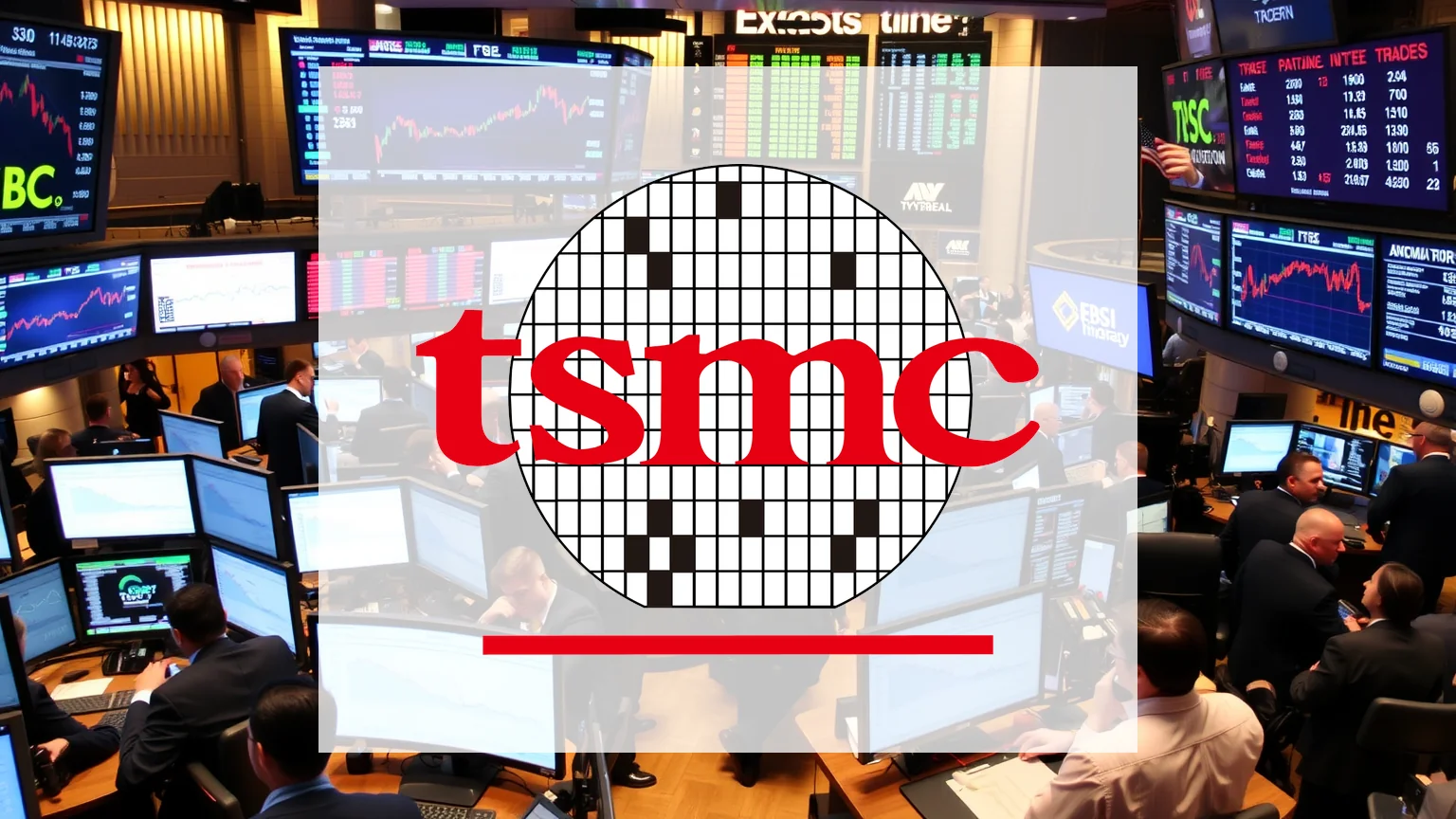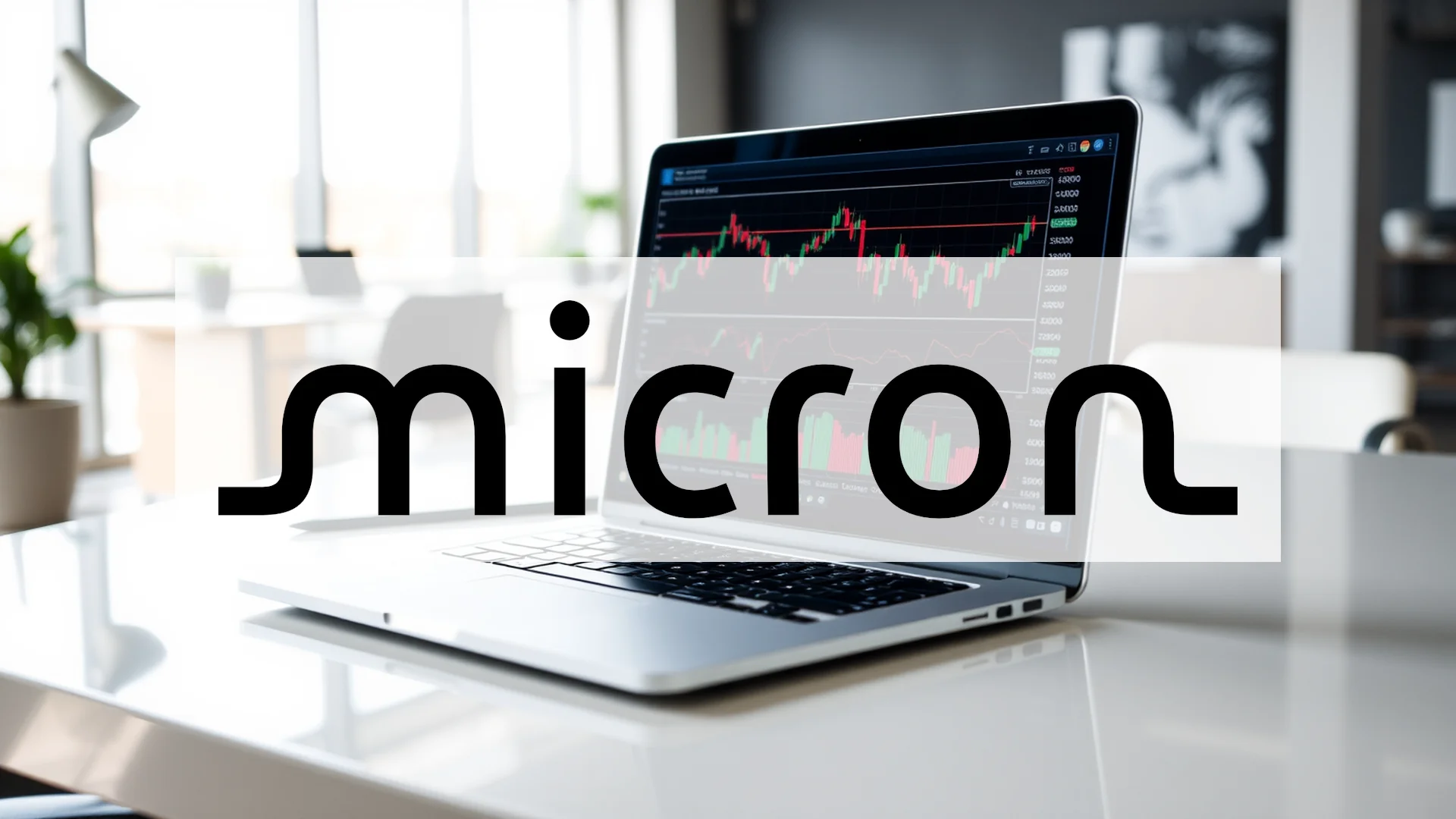Taiwan Semiconductor Manufacturing Company (TSMC), the global leader in semiconductor foundry services, is implementing a dramatic strategic shift that has captured market attention. The company announced it will completely eliminate Chinese suppliers from the production of its next-generation 2-nanometer processors while simultaneously enhancing protections against industrial espionage. This dual approach raises questions about whether geopolitical pressures are driving these changes or if TSMC is positioning itself for long-term industry dominance.
Unprecedented Supply Chain Restructuring
On August 29, TSMC revealed it would remove all Chinese equipment from its upcoming 2nm production lines in Hsinchu and Kaohsiung. This comprehensive exclusion extends beyond machinery to include chemicals and raw materials, marking a significant departure from previous practices where Chinese suppliers played a role in earlier technology nodes.
The move represents a complete break from TSMC’s recent approach. For its 3nm technology, the company had utilized Chinese suppliers including Advanced Micro-Fabrication Equipment (AMEC) and Mattson Technology. The transition to 2nm production, scheduled to begin mass production later this year, will proceed without any Chinese components.
Enhanced Security Measures
Concurrent with its supply chain changes, TSMC is strengthening protection for its valuable intellectual property. The company has implemented a new Trade Secrets Management System that already oversees more than 610,000 registered cases of technologies and proprietary knowledge. This digital vault safeguards what TSMC considers its most valuable asset: its technological expertise.
The timing of these security enhancements follows recent incidents. In August, TSMC terminated several employees and initiated legal proceedings after detecting unauthorized access to 2nm development data. Three individuals are currently in custody in Taiwan under investigation for alleged theft of business secrets.
Geopolitical Considerations
These strategic changes occur against a backdrop of increasing political tensions. The proposed Chip Equipment and U.S. Protection Act would prohibit companies receiving US funding from purchasing equipment from “foreign problematic actors”—a term widely understood to target Chinese manufacturers.
Should investors sell immediately? Or is it worth buying TSMC?
For TSMC, compliance has become crucial. The United States is expected to account for approximately 30% of 2nm production once the company’s Arizona expansion is completed, creating a complex balancing act between regulatory compliance and cost efficiency.
Strong Financial Performance Despite Challenges
Operationally, TSMC continues to demonstrate robust performance. The company reported record second-quarter 2025 revenue of $30.07 billion, representing a 38.6% year-over-year increase. Net profit surged 60.7% to $13.5 billion, driven primarily by strong demand for artificial intelligence applications.
Advanced processes of 7nm and smaller accounted for 74% of wafer revenue, with the latest 3nm and 5nm nodes alone generating 60% of total sales. For the third quarter, TSMC projects revenue between $31.8 billion and $33 billion.
Competitive Landscape Reshaping
TSMC’s restructuring positions the company for the final competitive push in technological leadership. Only Samsung, Intel, and Japan’s Rapidus are currently developing competing 2nm processes. The company that establishes dominance in this space will likely lead the semiconductor industry for the next decade.
TSMC already controls more than three times the market share of its nearest competitor, Samsung. Successfully implementing 2nm technology without Chinese dependencies could cement this dominance for the foreseeable future, potentially reshaping the global semiconductor landscape.
Ad
TSMC Stock: Buy or Sell?! New TSMC Analysis from November 28 delivers the answer:
The latest TSMC figures speak for themselves: Urgent action needed for TSMC investors. Is it worth buying or should you sell? Find out what to do now in the current free analysis from November 28.
TSMC: Buy or sell? Read more here...













